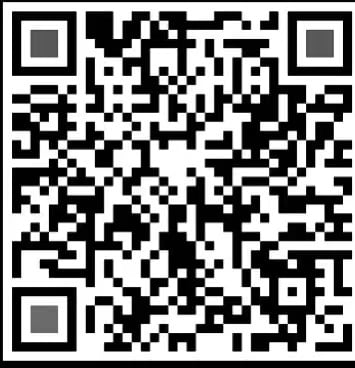FUMENS INSIGHTS:
How to protect your Copyright?
1
What kind of works are protected by copyright?
2
Exceptions
3
4
Who is the copyright owner?
5
Will copyright be protected internationally?
Australia has joined many international intellectual property treaties, such as the Berne Convention for the Protection of Literary and Artistic Works, the Universal Copyright Convention, etc. Most countries and regions in the world have joined these international intellectual property treaties.
This means that works published in Australia will also be protected in most other countries or regions under the treaties based on copyright protections. Similarly, works published in other countries will also be protected in Australia.


